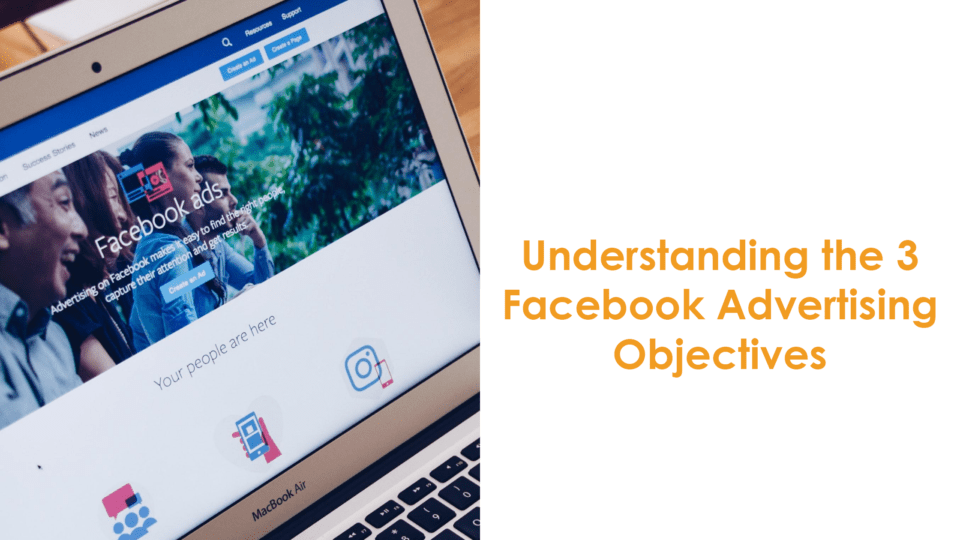Social media should be an integral component of any business’s digital marketing strategy. While organic content is important and valuable, social media advertising, specifically Facebook advertising, offers an inexpensive option for reaching your customers/target audience, driving traffic to your website, measuring ROI, and more.
Among the most popular platforms for social media advertising is Facebook. With its affordable, flexible spending budgets and ability to target specific users based on demographics, interests, behaviors, etc., Facebook boasts 1.66 billion users every day and 7 million active advertisers across their servers according to Facebook IQ.
One of the first steps you should take when deciding to advertise on Facebook is to determine your goal – exactly what you’re trying to accomplish with your ad campaign. Fortunately, Facebook offers various “objectives” that will help ensure you meet your goals and allow Facebook to optimize your ad(s).
Read on to learn more about the three primary, overarching Facebook advertising objectives, which includes 11 more detailed objective sub-categories within.
1. Awareness
As the name suggests, ads using these objectives are intended to generate awareness and interest in your product or service. Ad campaigns in this category generally focus on telling people what makes your business valuable and do not result in selling products, increasing website traffic, etc. They are just about exposure.
Awareness objectives fall into two primary categories:
- Brand Awareness – This type of ad increases your audience’s awareness of your brand, business, and/or service.
- Reach – These campaigns show your ad(s) to as many people as possible within your preset target audience.
2. Consideration
Consideration objectives are meant to urge people to think about your business and seek more information. Not only are they used to inform consumers, but also to offer additional places where they can find more information.
Consideration objectives include:
- Traffic – Traffic ads send people to any website you choose. For example, this might include your website’s homepage, a specific landing page, blog post, etc.
- Engagement – These ads are meant to reach people who are more likely to engage with your content. It includes likes, comments, and shares but can also include offers claimed from your page.
- App Installs – These send people to the store where they can download your business’ app.
- Video Views – Video view ads share video content from your business with people most likely to watch it.
- Lead Generation – These ads collect information from people interested in your product or service – I.E. sign-ups for newsletters.
- Messages – Message ads connect with potential or existing customers on Facebook Messenger, Instagram Direct, and WhatsApp to encourage interest in your business.
3. Conversions
Encouraging people interested in your business to buy or use your business’ product or service – I.E. act on their interest by making a purchase – is the cornerstone of conversion ads’ objectives. They seek to tell consumers about the business and its value, give the consumer a platform to fine more information, and in turn, hopefully lead to action.
The following are conversion objectives:
- Conversions – Conversions encourage people to take a specific action on your business’ site, such as add items to a cart, download your app, register for your site, or make a purchase.
- Catalog Sales – These ads show products from your ecommerce/online store’s catalog to generate sales.
- Store Traffic – These promote your brick-and-mortar business location to people that are nearby and may consider visiting.
At first, Facebook advertising might seem daunting but with this information in mind, you can select and run ad campaigns that will ultimately help you meet your business goals and generate sales, website traffic, and more.
For more information on how PTE can help you manage and optimize your social media advertising and digital marketing needs, contact us.

